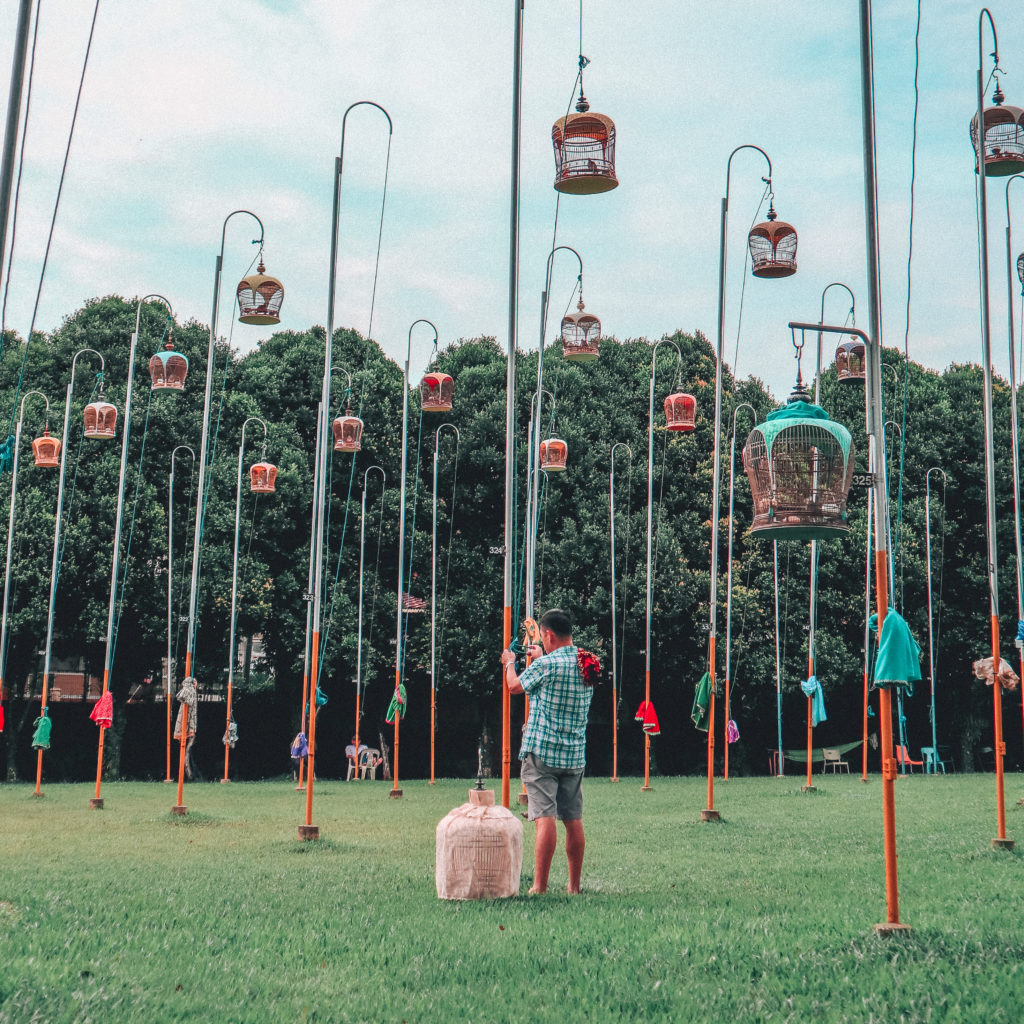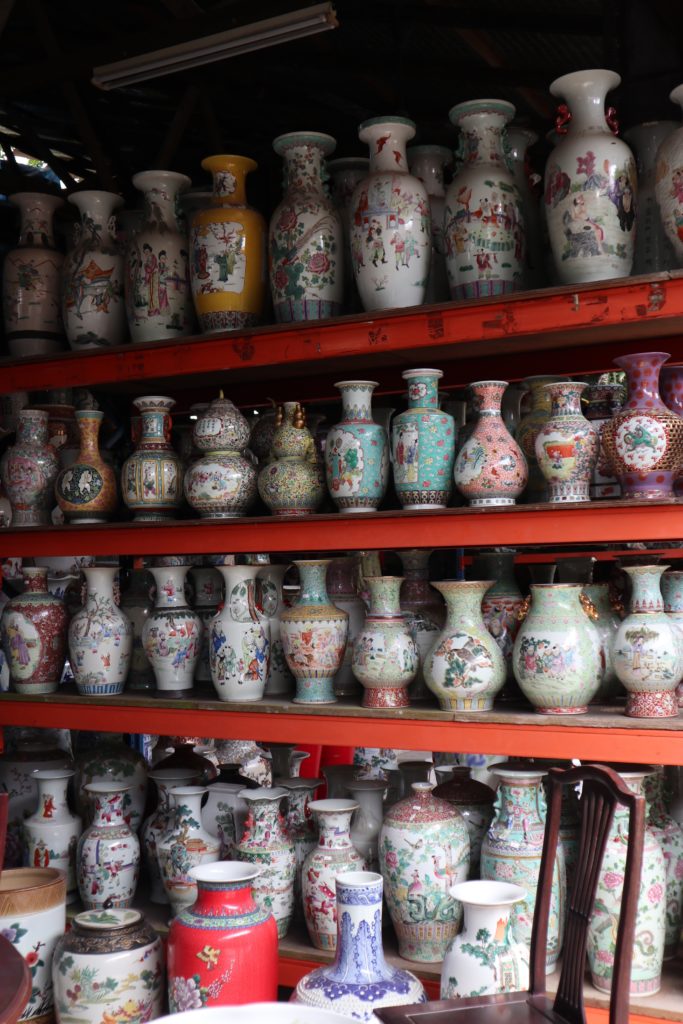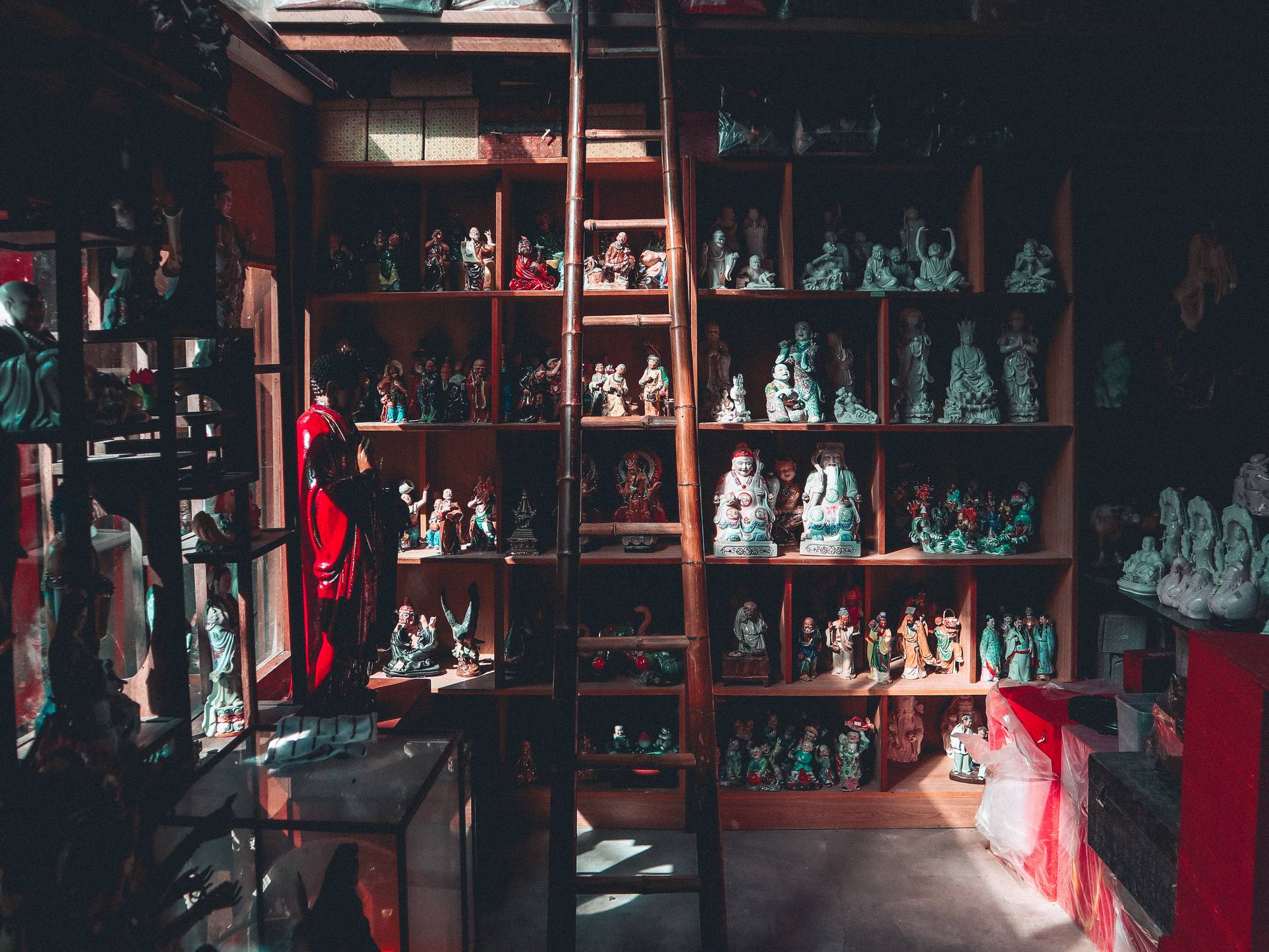PRESENTED BY

You might have all heard of these places via garbled bar-room chatter or a grandma and grandpa’s reminisces, but you’ve never sought them out and seen them with your own eyes.
Bali, New York, and Paris create a certain kind of FOMO, sure, but you’re missing out on treasures in your own backyard. This is the idea behind Hidden Cities, a collaboration between Uber and Canon.
Uber uses data to identify patterns and trends in travel behavior throughout our Little Red Dot, including the places with the least drop-offs. Upon finding many secret wonders, they realized that these are Singapore’s true hidden gems—places that even locals don’t know about and rarely visit.
Now, Uber has teamed up with Canon to encourage people to explore these Insta-worthy places. That’s how Hidden Cities invited three of Singapore’s most popular Instagram shutterbugs to visit and capture the hidden beauty.
Yik Keat, a self-taught photographer captures urban scenes with a Canon EOSM5, Julian Cheong focuses on travel and portrait photography with his EOSM6, and Melody, an influential (and stylish) Instagrammer with an EOSM100. Behold the eye-candy!
Kebun Baru Birdsinging Club
Elderly men hoist up birds like flags against the cloud-speckled blue sky. Perched inside their ornate cages, hanging 6 meters in the air, birds gaze upon the land and enter into a chorus of song. On a busy day, all 426 poles are occupied with a fowl.

The Kebun Baru Birdsinging Club is the largest bird singing and display arena in Singapore, and one of the biggest in Southeast Asia. Every morning from as early as 6 a.m., owners bring their prized possessions to enjoy a bit of sunshine and breeze.
While the feathereds nibble on seeds and swap the latest gossip, their earthbound human friends do their own share of chatting, eating and smoking. They also hold bird-singing competitions, between the merboks, shama, mata puteh and jambul.
By far the most popular bird is the merbok, or zebra dove, a small bird with a characteristic light blue head and delicate black and white stripes around its nape. It looks like a fluffy midget pigeon with a certain sophisticated je-ne-sais-quoi (it must be the quirky blue eyeliner). But, don’t let its pigeon air fool you — this bird can sing, baby

Its rapid-fire 4 note coo will lull you into deep zen mindspace. Just imagine 400 birds serenading you. It’s better than any nature-sounds channel you may have listened to in a desperate attempt to destress and clear your thoughts. Oh and these birds are worth more than their weight in gold. (One was bought for some $96,000 a few years back.)
 Photo: @yk
Photo: @yk
But, since it is mostly men in their 50’s, 60’s and 70’s who are interested in avian culture and frequent the bird-singing club, one wonders what will happen to this once-popular hobby in the coming decades…
Will this relatively unknown part of Singapore’s heritage be relegated to the annals of history without young folks ever having cherished it?
The Raptor Tower at Kranji Marshes
Yes, Singapore has a “countryside”: it is called Kranji. Kranji-side. Country-side. Get it? We coined that. You read it here first, folks.

Sungei Kranji once was a tidal river that the government dammed up in the 1970s to create the Kranji reservoir. As the water flowed into the low-lying edges of the reservoir, Singapore’s largest freshwater marshland was formed.
At 56.8 hectares, it is home to 170 species of birds and 87 species of insects. Pretty impressive. It also hosts nine critically endangered species, like the straw-headed bulbul (a small crested songbird), and ten endangered ones, such as the beautiful purple heron.
If you are a bird lover, nature photographer or simply looking to immerse yourself in a new habitat, the Kranji Marshes are for you.

Make sure you climb to the top of the Raptor Tower. The 10 meter tall wooden structure offers panoramic views of the entire reservoir area. It’s a perfect Instagram backdrop — a distant horizon, open skies, complementary wind. No need to Photoshop out piles of laundry in the background.
At ground level, tuck yourself within hideaways and train your eyes (and binoculars) on your surroundings to spot the winged locals—eagles, kingfishers, toucans, woodpeckers… Have close encounters with monitor lizards, mudskippers, butterflies, and perhaps even a croc (hopefully not that close). And in case you aren’t sure what you are staring at, there are educational boards everywhere. (This is a crocodile. Do not pet. Run to your Uber in zig-zags — NEVER in a straight line).

For the brave, Singapore’s very own Kranji-side (TM) also offers guided tours into the wilder parts of the reserve (which are usually out of bounds to protect wildlife). But don’t forget insect repellent unless you want to offer your body to fiendish feral mozzies.
Thow Kwang Pottery Jungle
Tucked away in the palm of your hand, there lives a dragon. Tap once to open the app. Tap again to summon your driver. You’re in an Uber. You’re in the jungle. You’re seeing Singapore in a different way for the first time.
You’re seeing a dragon for the first time.
“Big Brother”, as it is affectionately known, is made of brick and breathes fire. In its entrails, glazed jewels spun from the earth.

The jungle north of Jurong has been its home since the 1940s. It would have been its final resting place, if it wasn’t for a last minute stroke of luck. In December 2017, the Thow Kwang Pottery Jungle, which houses the famous dragon kiln, got a new lease on life. Quite literally. The lease on its land, which people feared would not be renewed, was extended for 6 years.
This is a huge win for the Tan family, who have owned the business since the 1960s, but also, for Singapore and even the world. This dragon kiln is one of the oldest surviving — and operational — wood-fired brick kilns in the country. This traditional Chinese art of wood-fired pottery is on the verge of extinction in Singapore.

From the 1940s to 1970s, a huge demand for clay cups, used in rubber plantations to collect the latex, led to a proliferation of dragon kilns in Singapore. They dotted the west of the island which had large reserves of white clay.
But with the decline of the rubber industry, the kilns went out of business and closed down one by one.
Today, people gather at the Thow Kwang kiln to learn this age-old craft, and make art in the middle of the jungle. Countless accomplished potters, curious hobbyists and eager children have created their own masterpieces, fed them to the fiery dragon, and admired the serendipitous patterns this ancient technique is known to produce.

The Thow Kwang Pottery Jungle is a true unsung hero of our cultural heritage, but its survival is tenuous. Who knows what will happen to it after 6 years?
We sometimes wait until traditions fade away into oblivion before we realize our loss and try desperately to revive them. The kiln is an example of Singapore’s precious living heritage that needs to be better appreciated and safeguarded. Let’s #KeepTheFireAlive.
What are you waiting for?
These three hidden treasures in the heart of our bustling city offer us respite, and a renewed sense of discovery and awe. To delve deep into these overlooked places and uncover their unique beauty, stories, and history, is to learn to look at the world with new eyes.
Ready to uncover and value the wonders that are in our midst? Uber’s microsite offers detailed guides and maps, while Canon’s page provides expert shooting tips and a chance to submit your own photographs of hidden Singapore.
Don’t forget to share your photos of Singapore’s hidden gems on Instagram using #HiddenCities, #WhereTo and #CanonxUber. Then explore more hidden destinations in KL, Jakarta, and Manila. Because the true adventurer is not the one who goes the farthest, but s/he who explores and relishes the wonders within reach.
Header photo: @julian_cheong




Reader Interactions